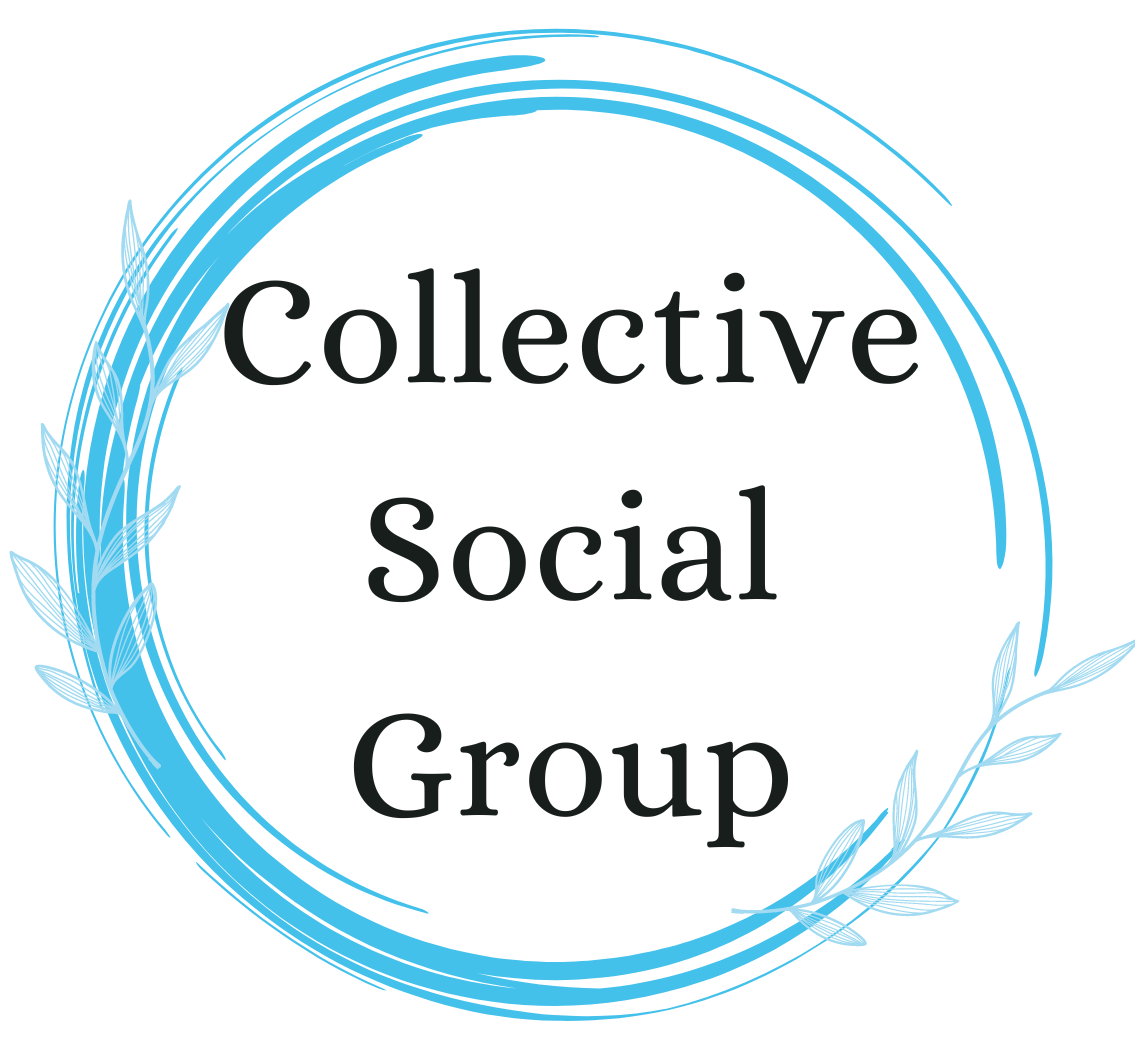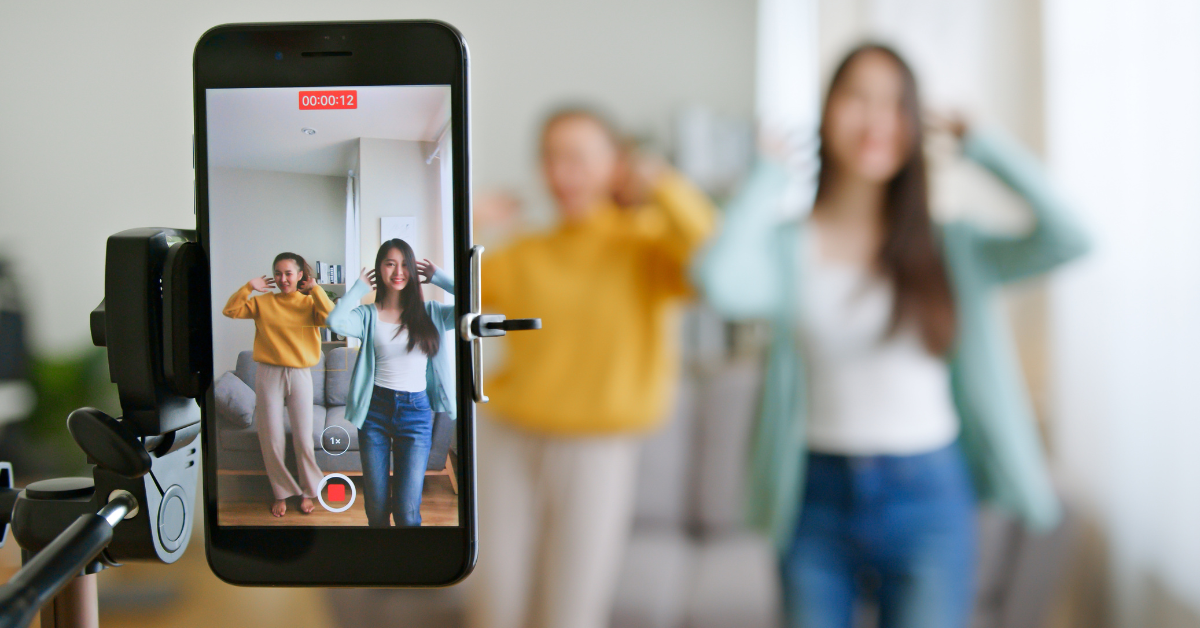In today’s digital age, social media platforms have become the modern-day soapbox, empowering individuals to express themselves creatively and connect with a global audience. Among these platforms, TikTok stands out as a frontrunner, captivating millions with its addictive short-form videos. At the heart of TikTok’s success lies its user-generated content (UGC), a phenomenon that has reshaped the landscape of digital content creation. Let’s delve into the intricacies of UGC on TikTok, exploring its power, influence, and the challenges it presents.
The Power of TikTok’s User-Generated Content
TikTok’s meteoric rise to fame can be attributed in large part to its emphasis on user-generated content. Anyone with a smartphone and an internet connection can become a content creator, unleashing their creativity and talent for the world to see. This democratization of content creation has democratized fame, allowing individuals from diverse backgrounds to gain recognition and influence.
One of TikTok’s defining features is its algorithm, which utilizes machine learning to curate a personalized feed based on user preferences and behavior. This algorithmic magic ensures that even users with minimal followers have the potential to go viral if their content resonates with the audience. This level playing field has empowered countless creators to build communities, foster engagement, and even launch lucrative careers.
Moreover, TikTok’s format encourages authenticity and spontaneity, setting it apart from traditional social media platforms. The platform’s users embrace imperfection, celebrating raw, unfiltered moments over polished perfection. This authenticity fosters genuine connections between creators and viewers, fostering a sense of intimacy and relatability that is unparalleled.
The Influence of TikTok’s User-Generated Content
The impact of TikTok’s user-generated content extends far beyond entertainment. The platform has emerged as a cultural juggernaut, shaping trends, sparking conversations, and driving consumer behavior. From viral dances and memes to social activism and educational content, TikTok has become a breeding ground for creativity and innovation.
Brands and marketers have also recognized the potential of TikTok’s UGC in reaching and engaging with younger demographics. Influencer marketing campaigns, hashtag challenges, and branded content collaborations have become commonplace on the platform, capitalizing on the authenticity and influence of TikTok creators to promote products and services.
Moreover, TikTok’s UGC has the power to effect social change and raise awareness about important issues. From environmental activism to mental health advocacy, users leverage the platform to amplify their voices and mobilize communities around causes they are passionate about. TikTok’s reach and virality make it a potent tool for driving social impact and fostering positive change.
The Challenges of TikTok’s User-Generated Content
However, TikTok’s reliance on user-generated content also presents challenges, particularly in terms of content moderation and user safety. The platform has faced criticism for its handling of sensitive topics, including cyberbullying, misinformation, and harmful challenges. Balancing freedom of expression with the need to protect users from harm remains a complex and ongoing endeavor for TikTok and other social media platforms.
Moreover, the ephemeral nature of TikTok’s content poses challenges in terms of content preservation and copyright enforcement. Creators often find their work repurposed or plagiarized without proper attribution, leading to disputes over ownership and intellectual property rights.
Additionally, the addictive nature of TikTok’s algorithm has raised concerns about its impact on mental health and well-being, particularly among younger users. The endless scroll of curated content can contribute to feelings of inadequacy, FOMO (fear of missing out), and addiction, prompting calls for greater transparency and accountability from tech companies.
Conclusion
TikTok’s user-generated content has revolutionized the way we create, consume, and interact with digital media. Its democratization of content creation, emphasis on authenticity, and cultural influence have made it a dominant force in the social media landscape. However, with great power comes great responsibility, and TikTok must continue to navigate the challenges of content moderation, user safety, and ethical considerations as it evolves.
Ultimately, the future of TikTok’s UGC lies in striking a balance between innovation and responsibility, harnessing the platform’s potential for positive impact while mitigating its pitfalls. As users and creators, we have a collective responsibility to contribute to a safe, inclusive, and empowering digital environment—one where creativity thrives, voices are heard, and communities flourish.
ChatGPT can make mistakes. Consider checking important information.

